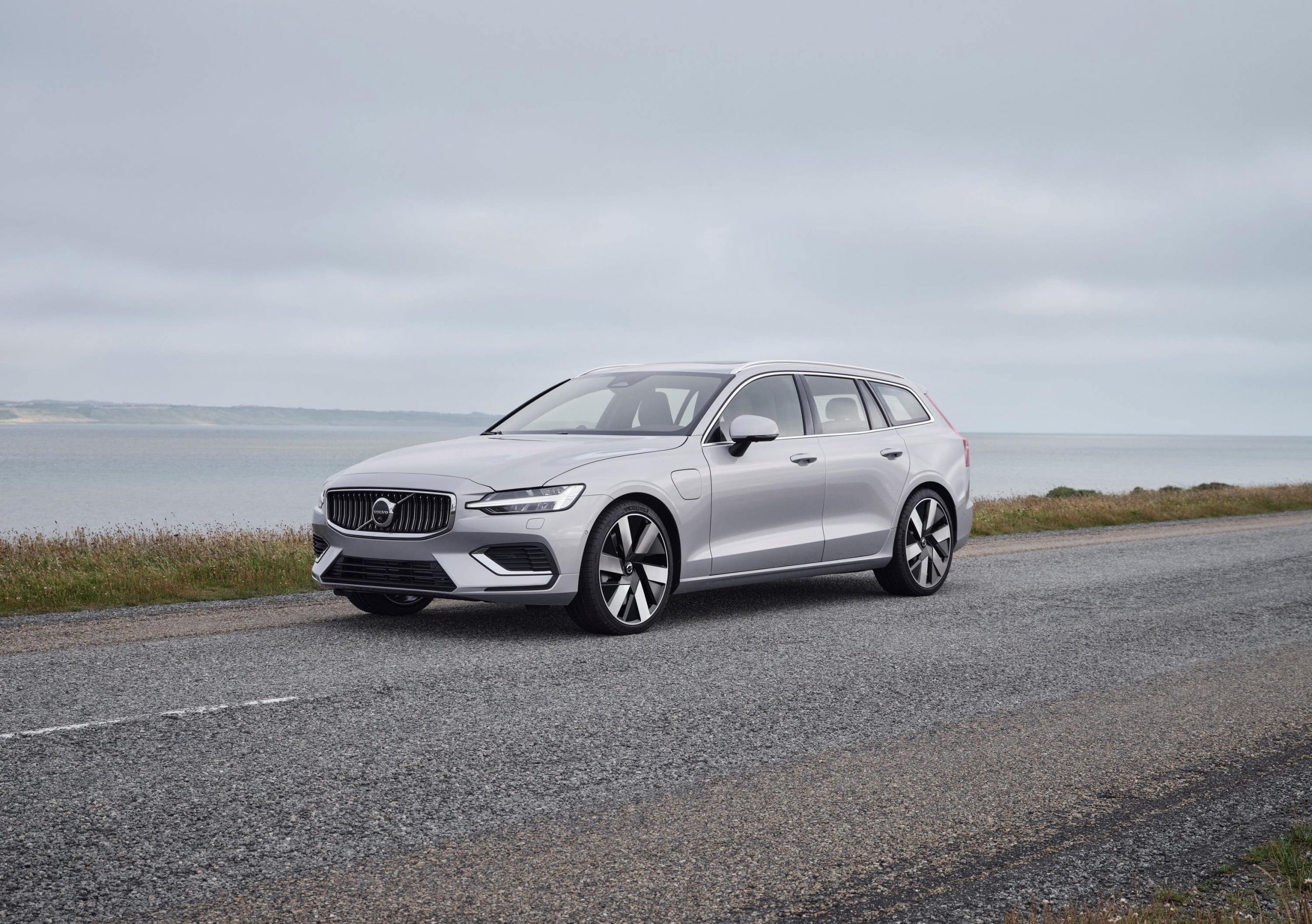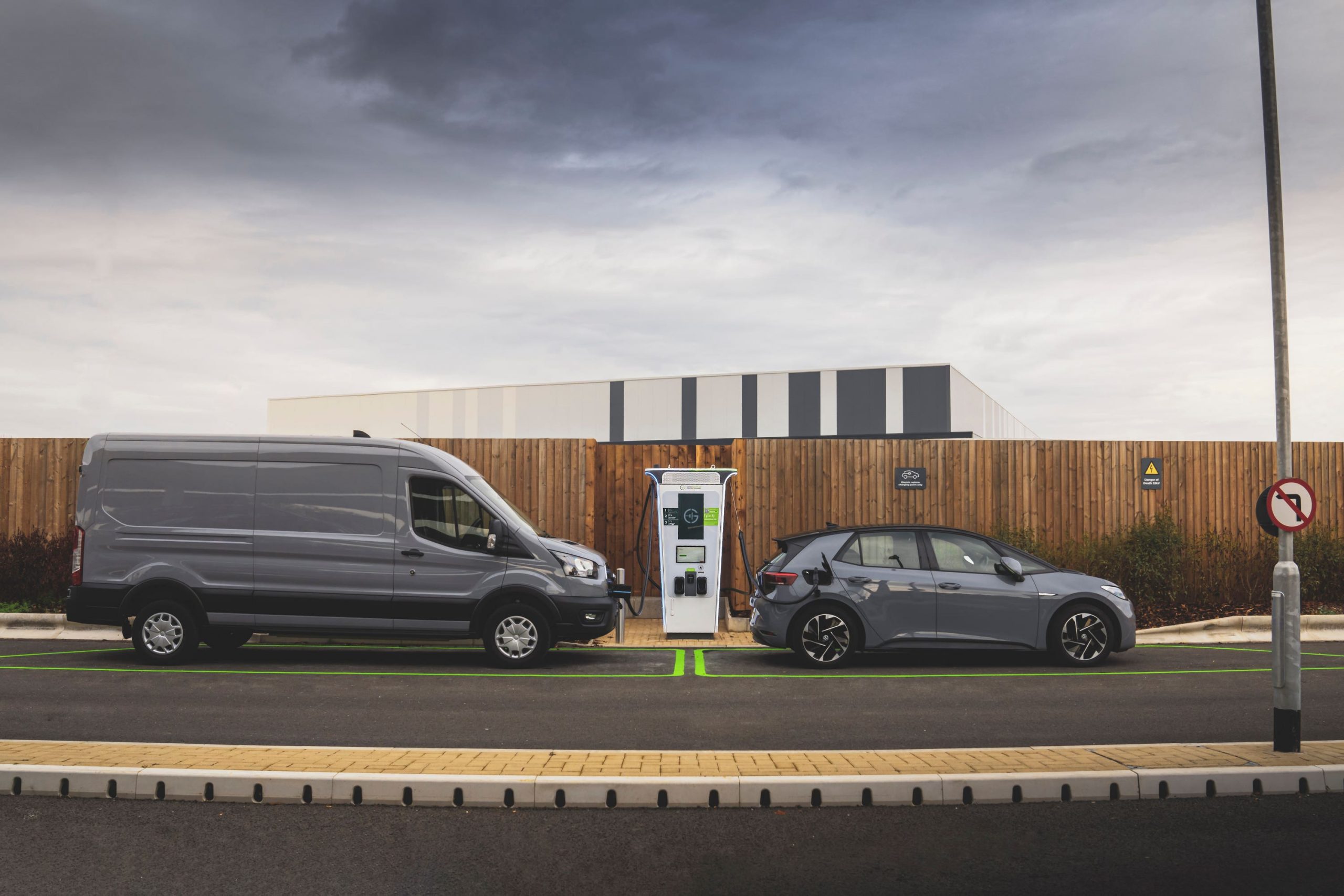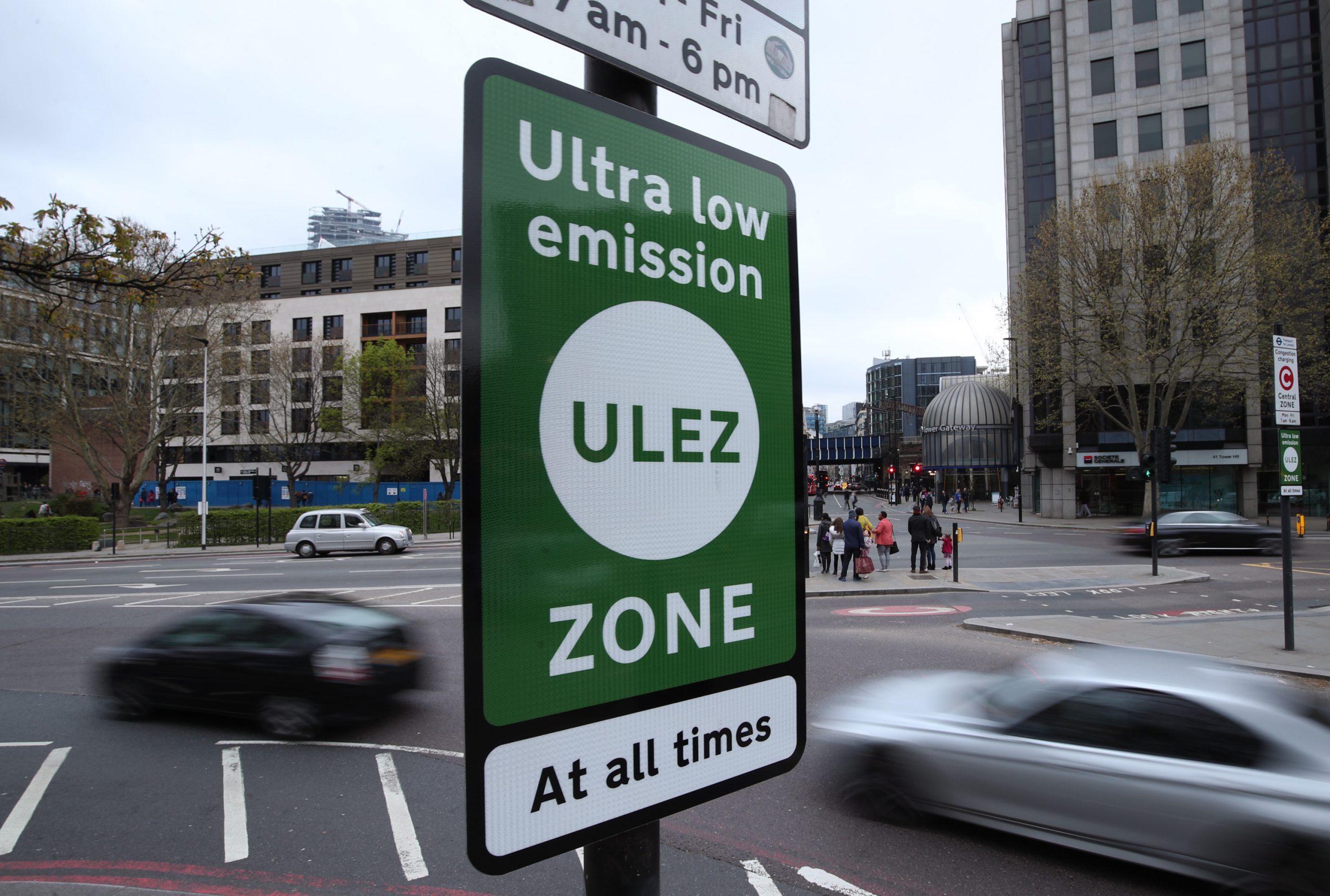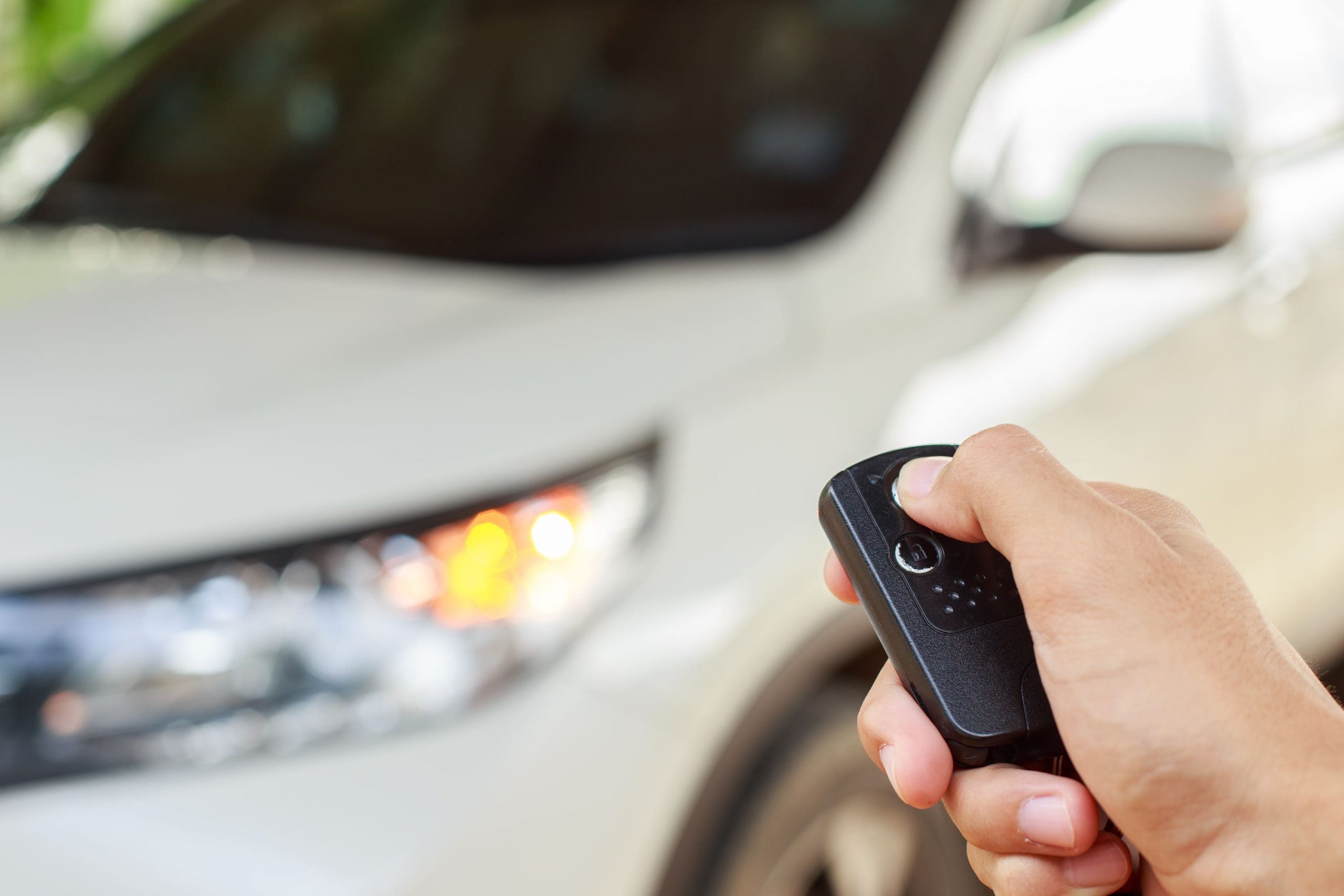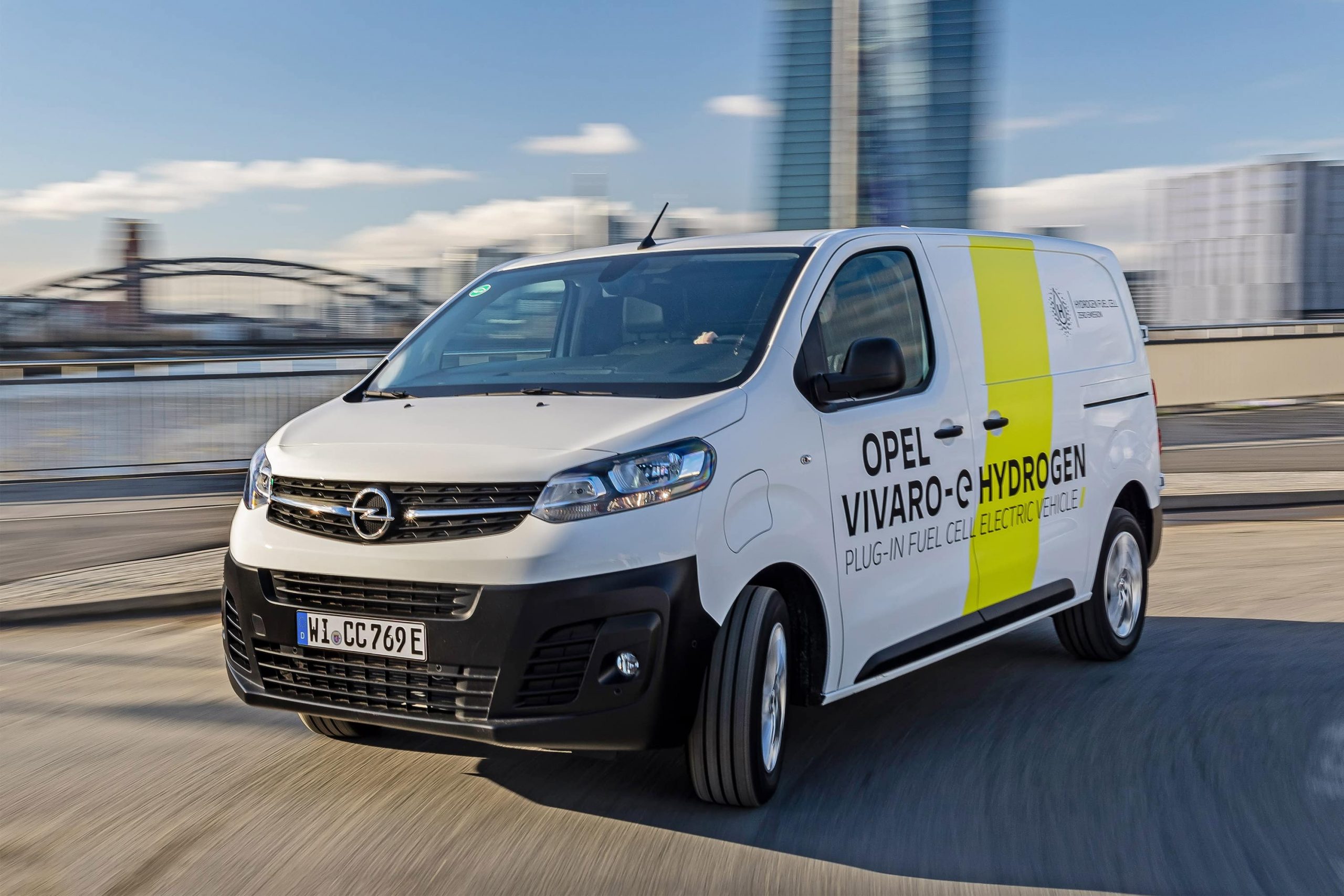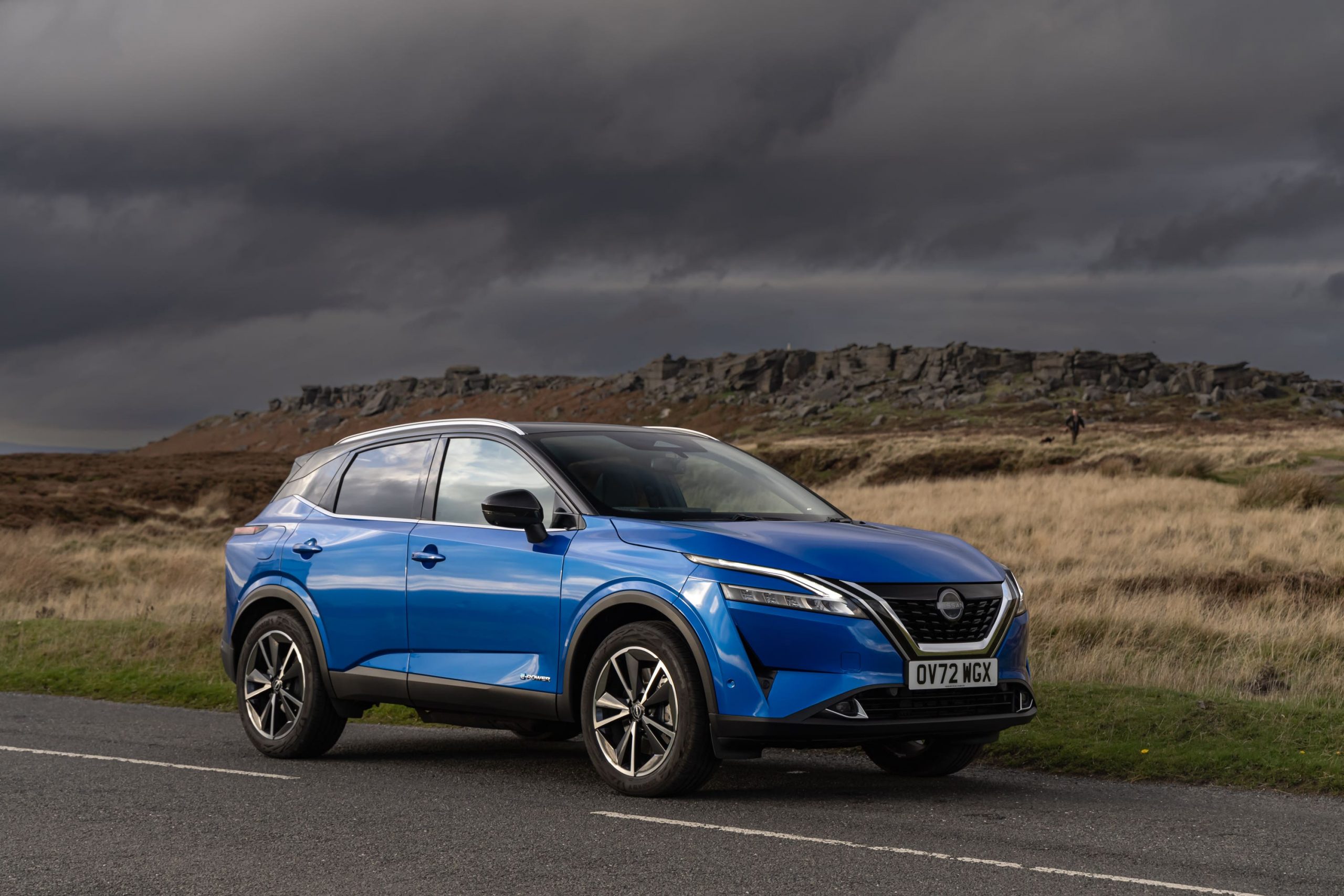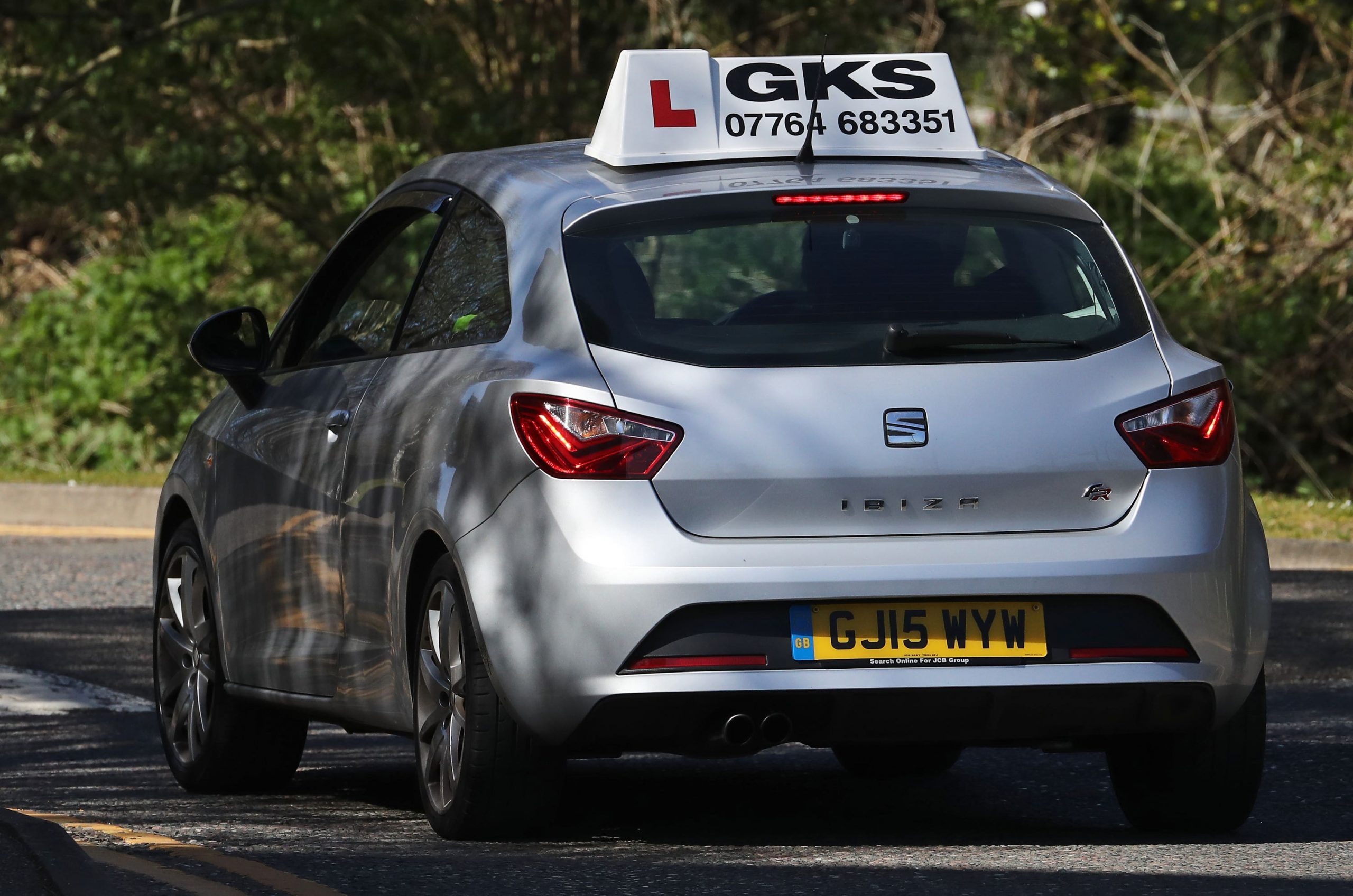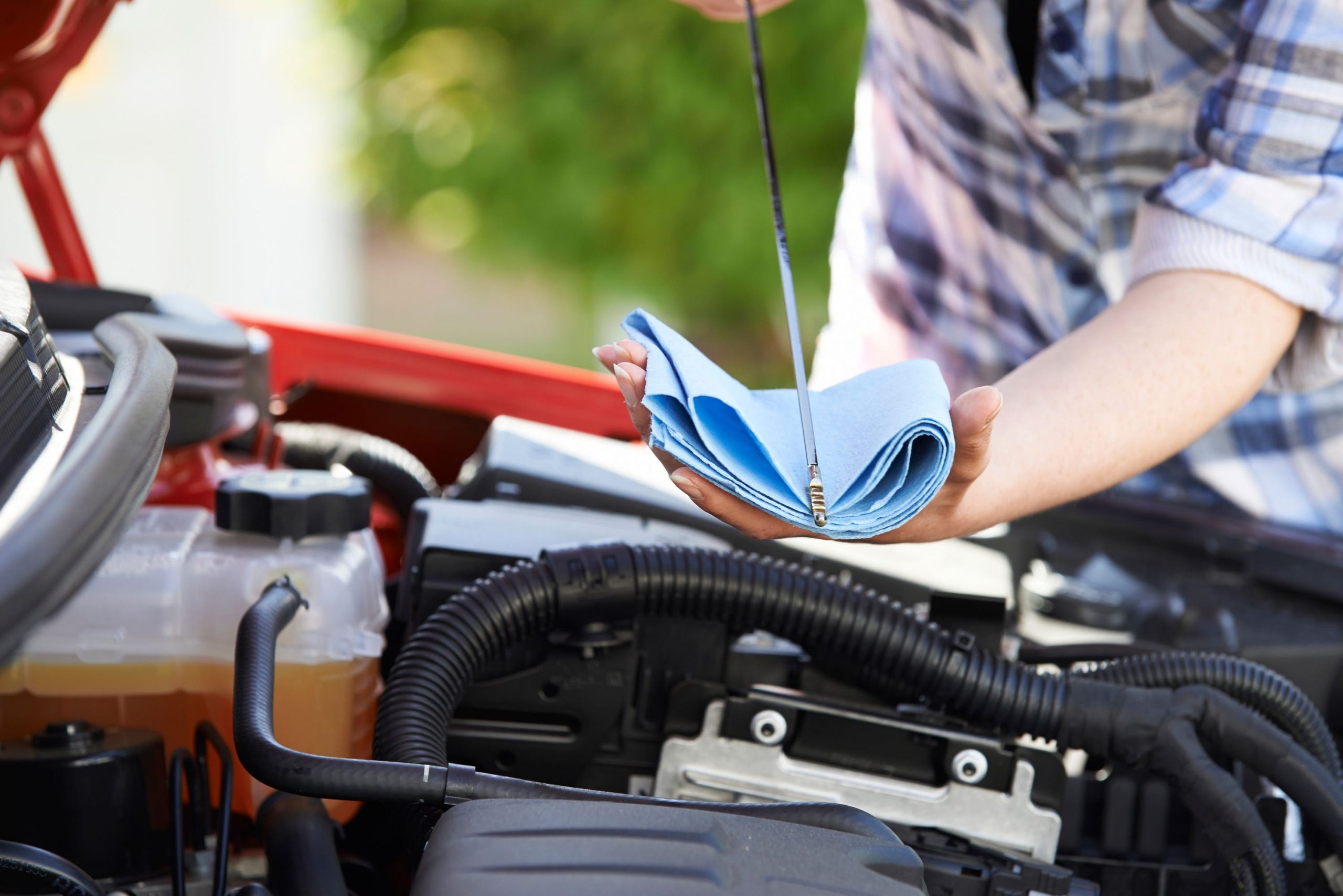Peugeot’s boss has ruled out introducing more affordable electric models, but will instead focus on making the cars it already has more accessible.
Peugeot offers a wide choice of electric models, including the e-208 supermini and e-2008 crossover, as well as a diverse line-up of battery-powered vans. Peugeot will be introducing EVs of its popular 308 and 3008 in 2023 too and will offer a fully-electric derivative of every car it sells by 2025.
However, despite Peugeot being adamant that it “won’t price customers out of the market”, smaller, more affordable city cars are not set to play a part in the picture.
Asked by the PA news agency if the firm would introduce electric models below its e-208, Linda Jackson, chief executive of Peugeot, said it was “concentrating” on making the cars it already sells more affordable.
Jackson said: “I think at this stage what we want to do is ask how can we make more affordable the current line-up [of cars] we’ve got and which we’re concentrating on? And that’s Peugeot-as-you-go, subscriptions, offers and a variety of things.
“Quite honestly, right now we’re concentrating on our current range, because this is where we are. We’re all in this transition phase before full electric, so we want to make our existing cars more accessible for our customers.”
‘Peugeot-as-you-go’ is a scheme currently operating in France, which customers pay a monthly payment of €150 (£131.82) for, and which includes the car and 500km (311 miles) of driving a month. If motorists need to do more miles than this they can ‘top-up’ the mileage at €0.07 (6p) a kilometre.
Phil York, marketing director of Peugeot, added: “The cost of living is rising, and the cost of raw material pricing is going up and it’s really vital that we don’t price customers out of the market. There are several options we’re working on that we’re trialling right now, and the first of those is like a mobile phone package, which is ‘Peugeot as you go’.
“It makes it very easy, very accessible and very affordable for those customers that don’t do long distances.”
York added Peugeot wanted to “expand Peugeot-as-you-go to other markets” outside of France and to more cars, but wouldn’t add which countries would be included.
He also added that “subscriptions are well adapted to electric cars” and that Peugeot was seeing “a lot of interest” in this method of flexible all-inclusive ownership, which includes the cost of the car, along with maintenance, servicing, insurance and even charging.

